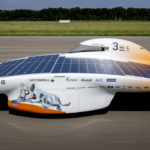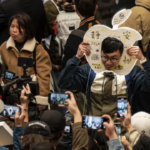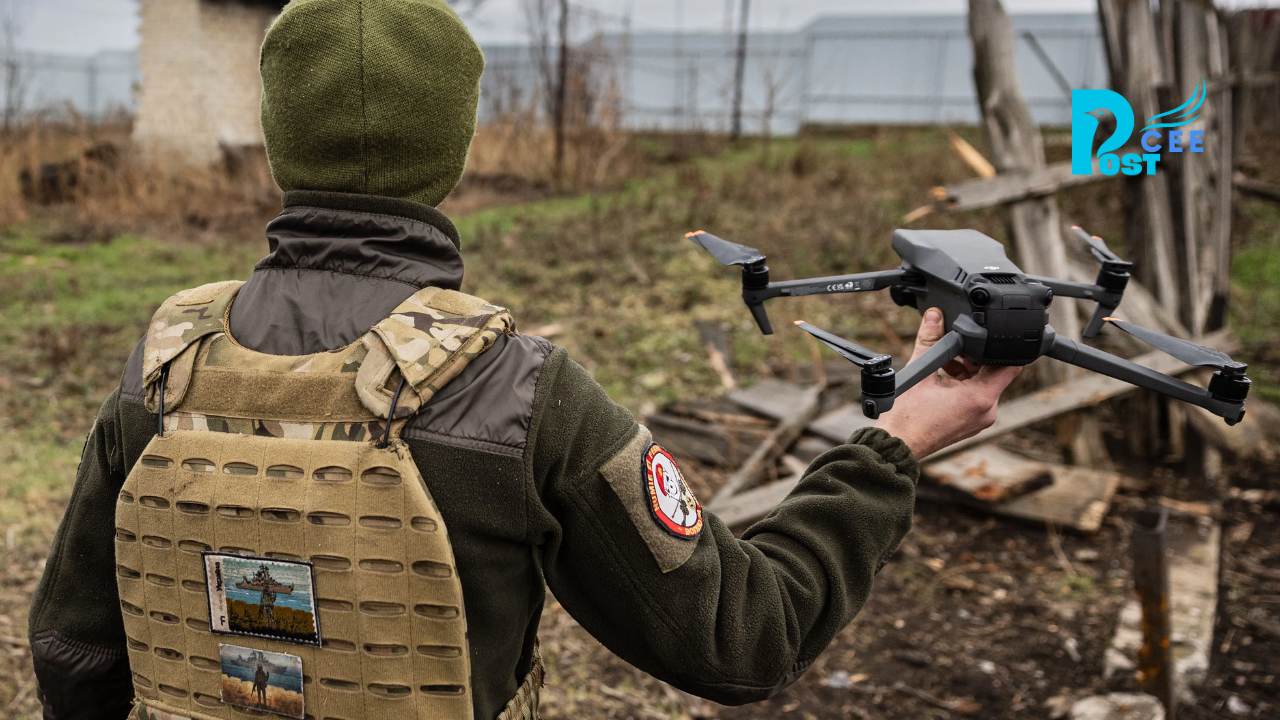The ongoing conflict between Russia and Ukraine marks a significant moment in military history, as it is increasingly being recognized as the first full-scale drone war. This shift toward Unmanned Aerial Vehicles (UAVs) in warfare has been noted by defense analysts and military strategists around the world. In this article, we’ll explore how drones have affected the dynamics of the conflict, with relevant statistics and perspectives.
The Rise of UAVs in Conflict
Drones have become a critical component of modern warfare strategies. Their usage has dramatically increased in the last decade, with the conflict between Russia and Ukraine propelling this to a new level. Both nations are employing a range of drones for various purposes, including surveillance, targeting, and even as weapons delivery systems.
According to a report by the Royal United Services Institute (RUSI), UAVs have been used in the conflict at an unprecedented scale, with more than a dozen types of UAVs being operated RUSI, 2023. This includes the Turkish-made Bayraktar TB2 drones, which have become famous for their effectiveness, supplied to Ukraine by Turkey BBC, 2023.
Tactical Benefits and Challenges
The use of drones offers several tactical advantages. They provide real-time intelligence, reduce risks to soldiers, and can strike with precision. As an example, Ukraine’s use of the Bayraktar TB2 drones has proven effective in striking Russian command posts, air defense systems, and supply lines, as reported by the Ukrainian Ministry of Defence.
However, the integration of drones into military strategy also poses new challenges. Drones are vulnerable to anti-air systems and electronic warfare measures. Russia has reported considerable success in employing jamming systems to counter Ukrainian drones, disrupting GPS signals and command links Defense News, 2023.
Ethical Considerations and Civilian Perspectives
The increased use of UAVs in conflict zones has fueled discussion about the ethical implications of drone warfare. On one side, proponents argue that drones save lives by reducing the need for ground troops and enabling more precise strikes. On the contrary, critics underscore potential issues, such as the psychological toll of constant drone surveillance on civilian populations and the potential for increased casual disregard for collateral damage.
Civil society groups have raised concerns about the longer-term consequences of drone warfare, highlighting the risks of accidental civilian casualties and the precedent set by reliance on automated systems in combat. Human Rights Watch and other organizations have called for more stringent international regulations governing the use of military drones Human Rights Watch, 2023.
Economic Impact and Global Reactions
The drone war has significant economic implications as well. The demand for drones has surged, impacting the global arms trade. Countries around the world are looking at the conflict to draw lessons for their own defense strategies and procurement. The conflict has accelerated investment in drone technologies and counter-UAV systems globally.
International reactions vary, with some countries providing drone technology and others calling for restraint and dialogue. The NATO alliance and Western countries have largely supported Ukraine, while Russia views the use of drones as a provocation and an escalation in hostilities NATO, 2023.
The Russia-Ukraine conflict provides a stark illustration of how integral drones have become to modern warfare. As both nations continue to deploy drones on a full scale, this conflict serves as a case study for the future of military engagements. It also raises crucial questions about the ethics and legality of autonomous weaponry, the importance of anti-drone defenses, and the changing landscape of international arms trade.
As the situation unfolds, the international community is keeping a close watch, not only for its geopolitical implications but also as a defining moment for the role of UAVs in future global conflicts.















